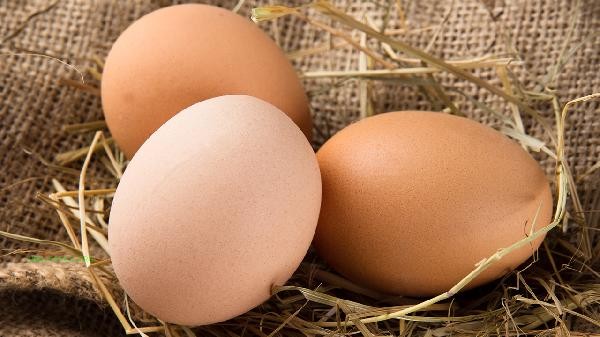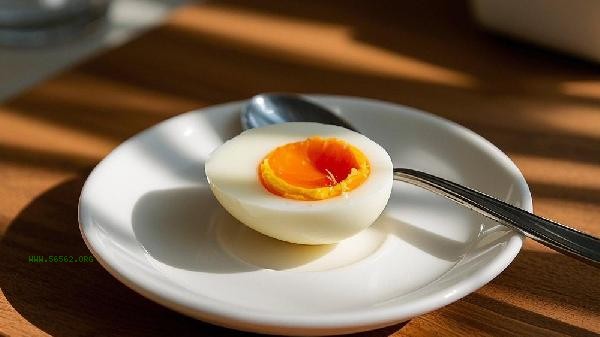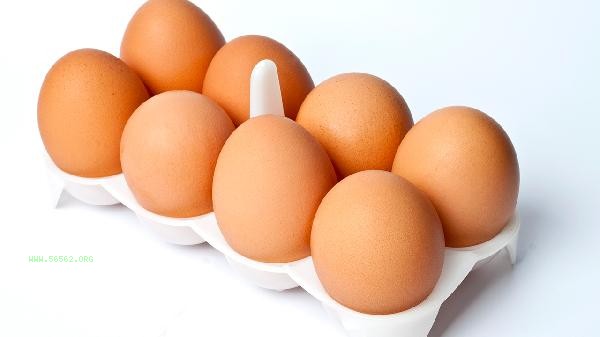Controlling the water temperature and time when boiling eggs can effectively improve the success rate of peeling. There are mainly methods such as boiling water into eggs, soaking in cold water, adding vinegar as an aid, tapping to break the shell, and selecting freshness.

1. Boiling water into eggs
Eggs placed in cold water can easily cause protein and membrane adhesion due to slow heating. After the water boils, gently place the egg in it. The high temperature causes the outer layer of protein to quickly solidify, forming a separation layer from the inner layer. This method requires timed cooking, preferably over medium heat for 8-10 minutes, as excessive boiling can cause the egg yolk to turn green.
2. Soak in cold water
Immediately transfer the egg to ice water or cold water after turning off the heat. The principle of thermal expansion and contraction creates a gap between the protein and the inner wall of the eggshell. It is recommended to soak for more than 3 minutes, and gently roll the eggs during the cooling process to help separate them. This method has a more significant effect on eggs stored for 3-5 days.
3. Adding vinegar to assist
Before cooking, add a small amount of vinegar to the water. The acidic environment can soften the calcium carbonate component in the eggshell. It is advisable to mix 500ml of water with 5ml of white vinegar, as excessive amounts can affect the flavor of eggs. This method has a significant effect on thick shell soil eggs and can reduce the probability of cracking.

4. Before peeling, lightly tap the egg on the table until fine cracks appear on the surface, starting from the air chamber end. Cracks allow cold water to penetrate between the protein and the membrane, making it easier to fully shell the egg by keeping it moist during operation. Be aware that excessive impact can cause protein damage.
5. Choose Freshness
Fresh eggs have a lower pH value, which leads to strong membrane viscosity. Eggs stored for 3-7 days are easier to peel. It can be determined through submerged testing that eggs lying flat on the bottom of the water are the freshest, those standing upright are suitable for cooking, and floating eggs should be discarded. Egg production in spring results in lower shell membrane adhesion due to changes in feed.
It is recommended to pair boiled eggs with whole wheat bread or vegetable salad as breakfast to supplement high-quality protein and B vitamins. If not consumed temporarily after peeling, it can be soaked in cold boiled water to prevent drying, but it should not be stored for more than 2 hours. In daily life, different colored eggshells can be chosen to supplement minerals, such as brown shell eggs containing more iron elements and white shell eggs with slightly higher calcium content. It is advisable to control the daily intake of eggs at 1-2, and individuals with high cholesterol should consult a physician for advice.









Comments (0)
Leave a Comment
No comments yet
Be the first to share your thoughts!